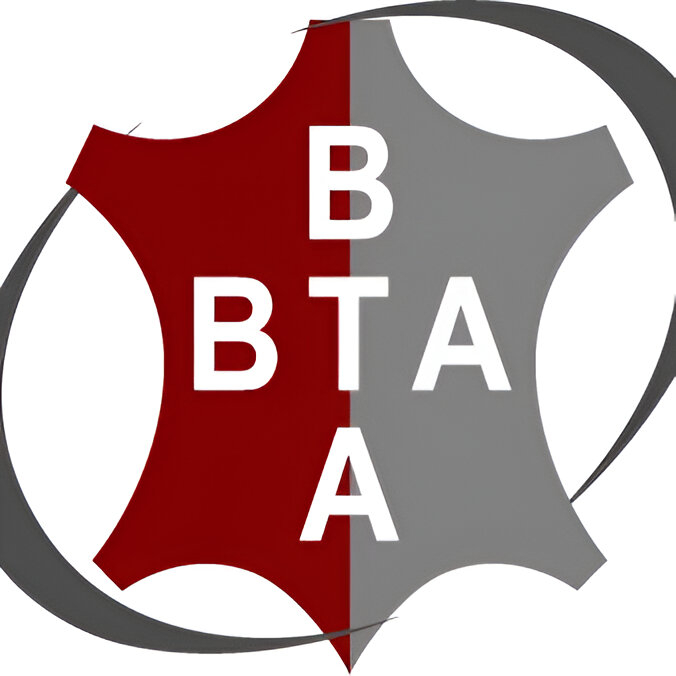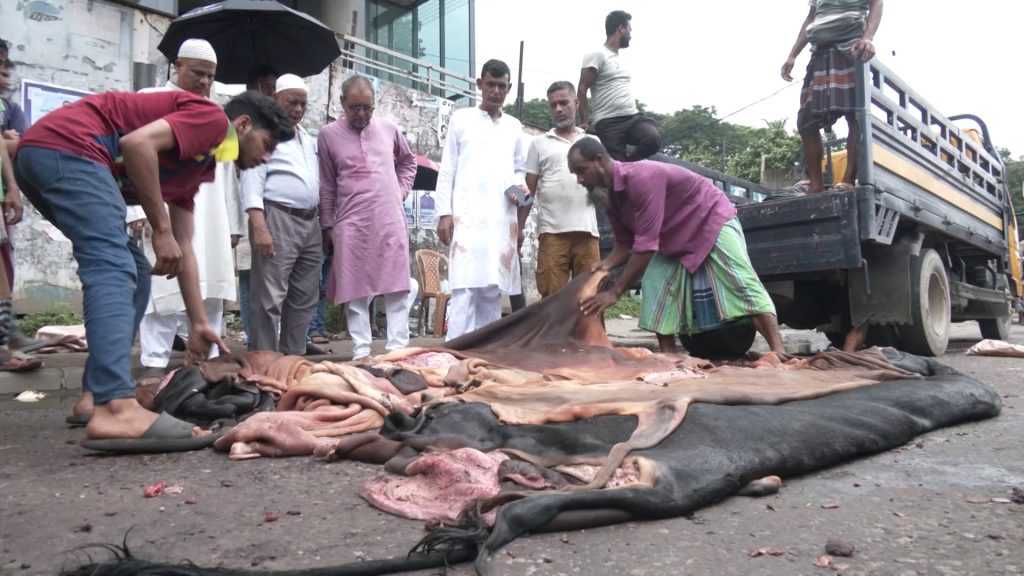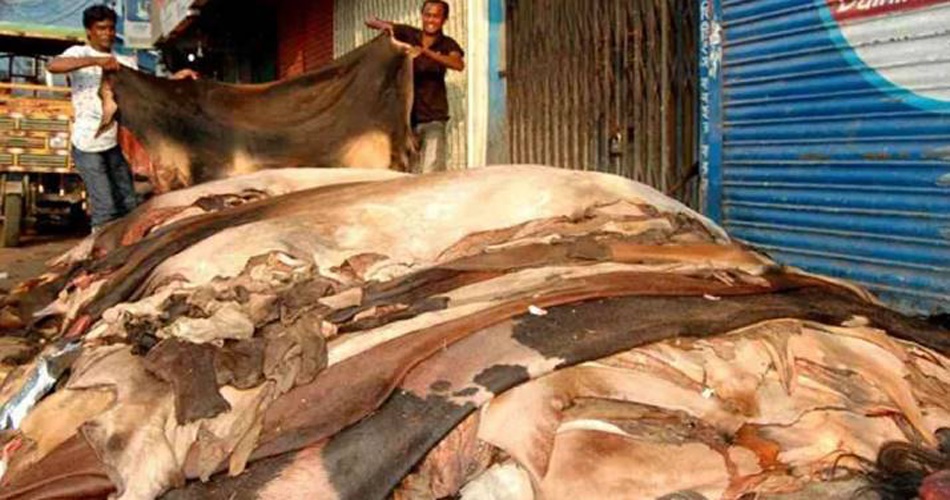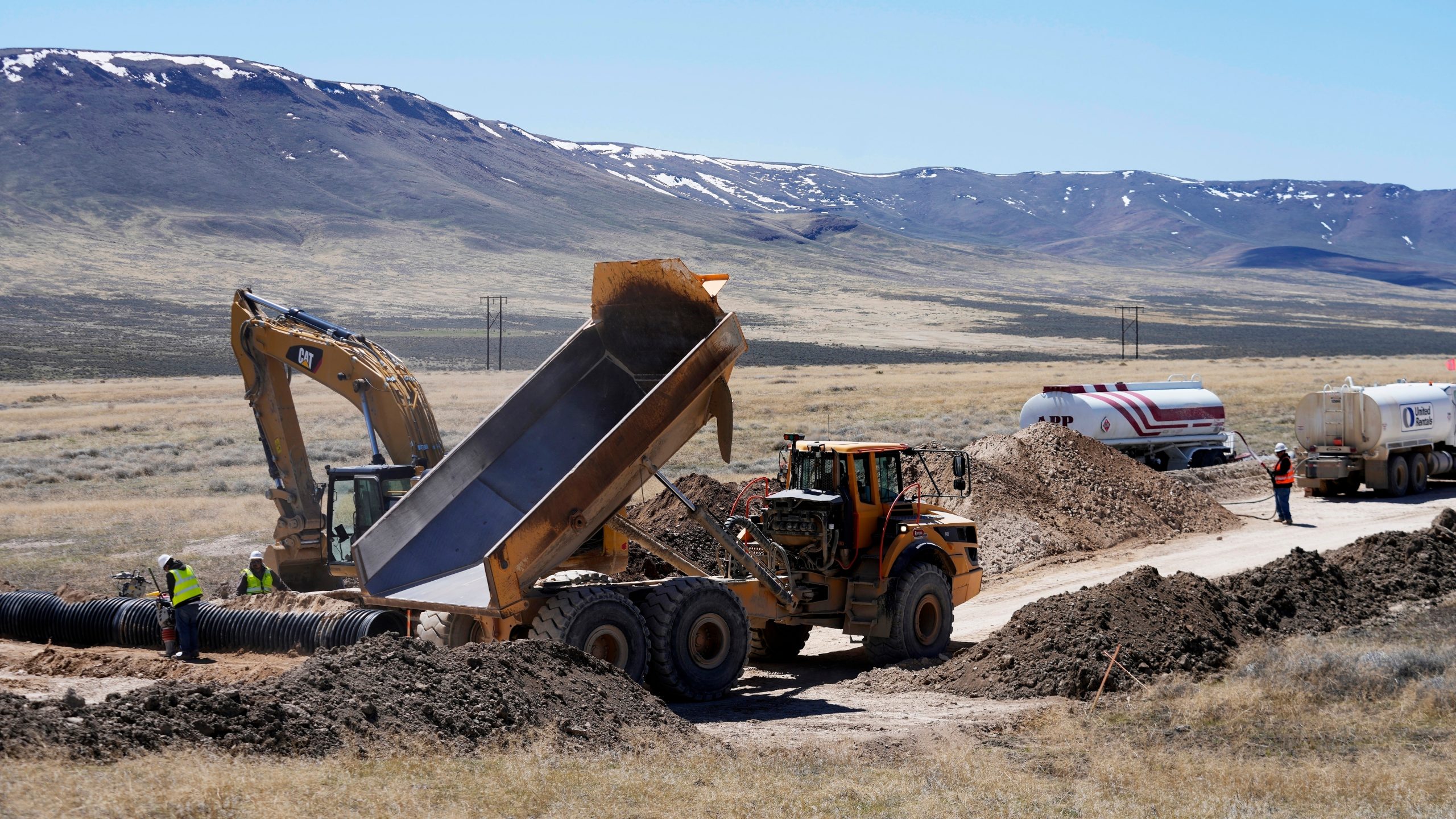Collapse in Cow and Goat Skin Prices After Eid

The price of cow and goat rawhide plunged drastically across Bangladesh following Eid al-Adha this year, repeating a worrying trend of the past several years. Despite prior announcements from the Ministry of Commerce setting the price of salted cow hide at Tk 50–55 per square foot in Dhaka and Tk 45–48 in other districts, many seasonal collectors and small traders were forced to sell hides for Tk 20–30—or in some cases, give them away to avoid rot.
According to field reports from districts like Rangpur, Bogura, Khulna, and Barisal, thousands of pieces of rawhide were either sold at throwaway prices or dumped in landfills due to the absence of storage and processing support. Goatskins, which were supposed to fetch Tk 18–20 per square foot, barely managed to sell at Tk 5–10 or were left abandoned on the roadsides.
Why Did the Situation Turn Out This Way?
Multiple factors contributed to the ongoing crisis:
- Lack of Immediate Preservation Infrastructure: Many rural areas lacked adequate cold storage and salt preservation mechanisms. Delayed collection and processing led to rapid deterioration of rawhides.
- Cartel-Controlled Market: A handful of Dhaka-based tanners allegedly dominate the market, controlling prices by deliberately delaying purchases or offering low rates, leaving small traders vulnerable.
- Reduced Export Potential: With global leather demand sluggish and a backlog of unsold inventory from previous years, tanneries showed little enthusiasm in large-scale procurement this year.
- Absence of Coordinated Monitoring: Despite the Commerce Ministry’s price announcements, there was almost no effective monitoring on the ground. Local administrations failed to enforce the declared rates or penalize manipulators.
- Delayed Disbursement of Loans to Tanneries: Many tannery owners cited cash flow issues as they failed to secure timely loans from banks, reducing their purchasing capacity during the critical three-day Eid window.
Estimated Financial Loss in 2025

According to industry insiders and Bangladesh Hide and Skin Merchants Association (BHSMA), the country lost approximately Tk 300–350 crore due to mismanagement this year. This estimate includes:
- Direct loss from underselling: Hides that could have fetched Tk 1,000–1,500 were sold for Tk 300–500.
- Wasted hides: Nearly 8–10 lakh hides, mostly goatskin, were not preserved or collected at all.
- Smuggling-related loss: Skins smuggled to India or other bordering regions deprived the local economy of raw materials and tax revenue.
Is Smuggling to India Still Continuing?
Yes, according to local law enforcement and border agencies, rawhide smuggling to India is still active, albeit in smaller volumes compared to the pre-2019 period when the government imposed tighter controls. Border districts like Rajshahi, Chapainawabganj, and Kurigram reported intercepted attempts where hides were being transported across the border in trucks and even on foot.
Smugglers exploit the price gap between Bangladesh and India where processed leather continues to have high demand in West Bengal and Bihar. Moreover, in absence of strong cross-border surveillance and the lack of value for hides in Bangladesh, this illegal trade remains financially tempting.
Government’s Role and Suggested Solutions
Despite prior experience and promises, the government has failed to implement an effective rawhide management policy. Experts and industry bodies suggest the following measures to prevent further recurrence:

Set Up Decentralized Preservation Centers: Mobile cold storage units and salted hide processing hubs should be deployed in district towns for immediate preservation.
Strengthen Monitoring and Enforcement: The Ministry of Commerce must collaborate with local administration, police, and BGB to ensure declared prices are enforced and prevent smuggling.
Support for Small Collectors: Introduce minimum support prices (MSP) or buyback mechanisms through cooperatives or NGOs to protect small-scale seasonal traders.

Tanner Loan Guarantee Scheme: A fast-track loan mechanism should be designed so tanneries can receive funds in advance of Eid to ensure bulk procurement.
Promote Export through Leather Clusters: Investment in compliant leather parks (like the one in Savar) should be ramped up to boost export readiness of processed leather and reduce rawhide wastage.
For a country with one of the world’s largest sacrificial livestock events and a potentially thriving leather export sector, the annual post-Eid rawhide crisis is emblematic of poor coordination, market manipulation, and policy failure. If not addressed through structural reforms and vigilant enforcement, this recurring disaster will continue to erode livelihoods and destroy a valuable segment of Bangladesh’s rural economy.
















